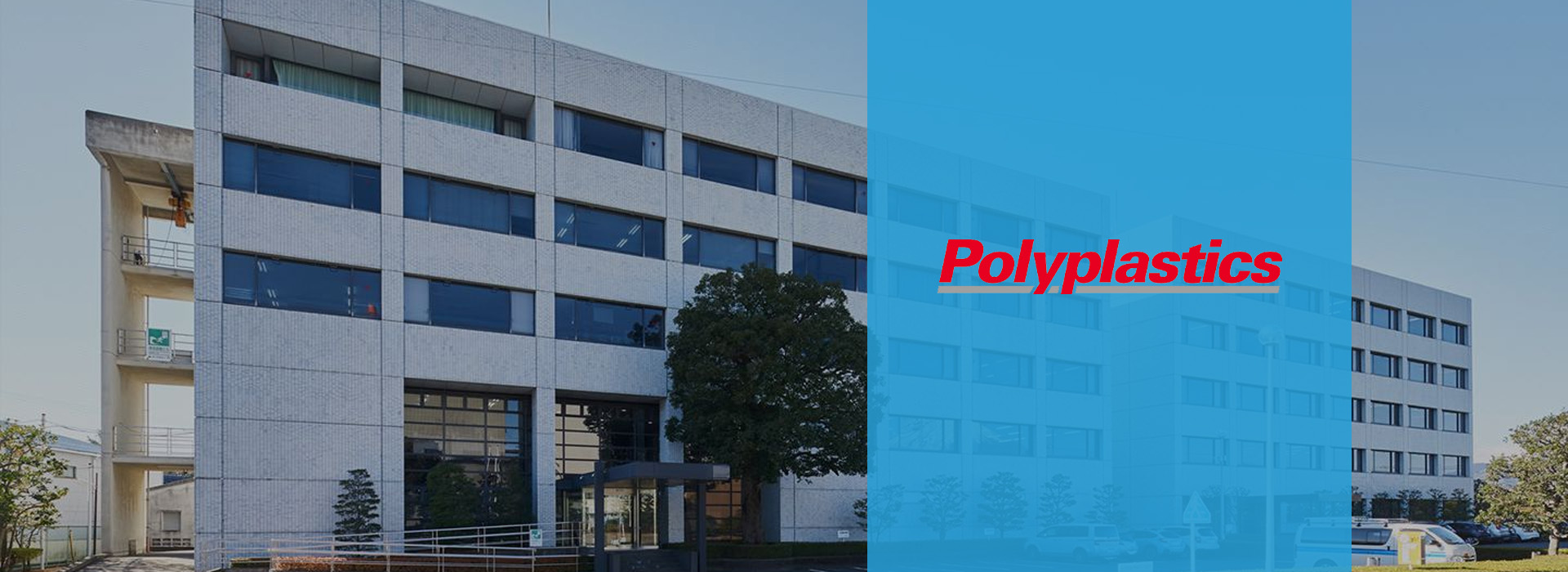
POLYPLASTICS
Boli Engineering Plastics accelerates innovation
Poly Engineering plastics are valuable materials made by applying advanced technology to fossil resources
We go beyond simple sales materials and strive to provide solutions through communication. So we use these plastics to create unique value with our customers. We call it "The Pauli Way of Plastics" and aim to be the best company in the world to embody this philosophy.
In our corporate philosophy, we mention "always stand in the closest position to our customers". From the very beginning, Poli Plastics put the best interests of its customers first. In order to create special value with engineering plastics, we promote research and development, produce a stable supply of quality products and provide satisfactory service.
POLYPLASTICS
POLYPLASTICS®PPS, LCP, PBT, POM, COC, POM/PE
Engineering Plastics, POLYPLASTICS® has become a valuable material for a variety of engineering plastics.
Polyplastics is a professional manufacturer of engineering plastics.POLYPLASTICS is the first manufacturer and marketer of polyformaldehyde (POM) in Japan.
We are developing into a global manufacturer and wholesaler of a wide range of engineering plastics such as POM, PBT, PPS, LCP, PET, and COC. Leveraging our network of 32 offices and factories in 11 countries, consistent quality and fast delivery globally is at the core of our business. Our flagship POM has an annual capacity of over 300,000 tonnes, making the group one of the world's leading producers, as we support your manufacturing needs on a global scale.
Pauli Engineering Plastics is our solution.
There are two types of plastics: thermosetting and thermoplastic. The thermoplastic resin is also divided into general plastics and engineering plastics.
Engineering plastics are classified as thermoplastic resins that can withstand temperatures of more than 100˚C. More heat-resistant thermoplastic resins can be used at high temperatures above 150℃ for a long time and are called "super engineering plastics."
There are many thermoplastic resins, but they generally can be divided into crystalline resins and non-crystalline resins. The difference in heat resistance is shown below.

新闻